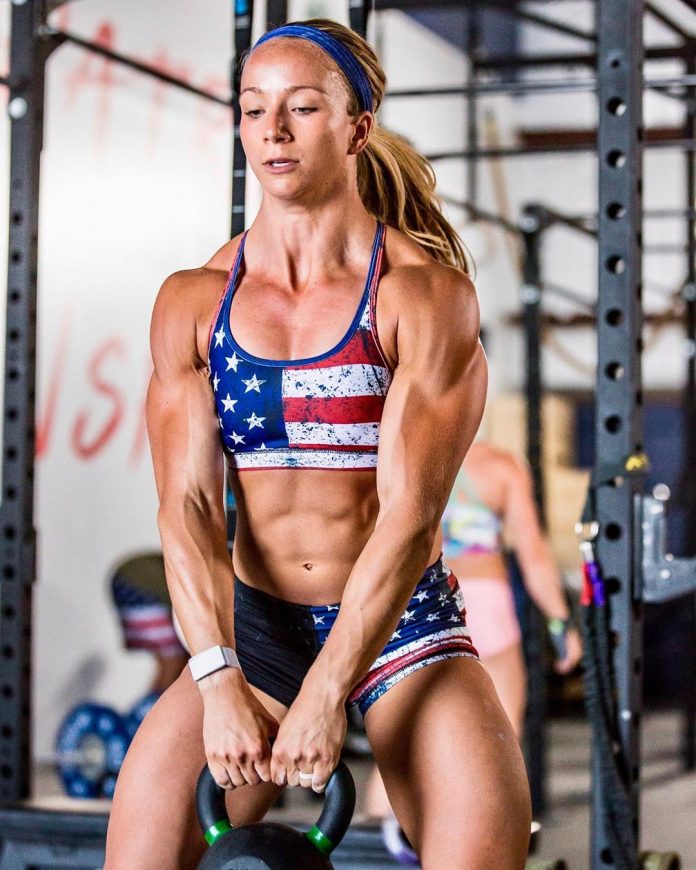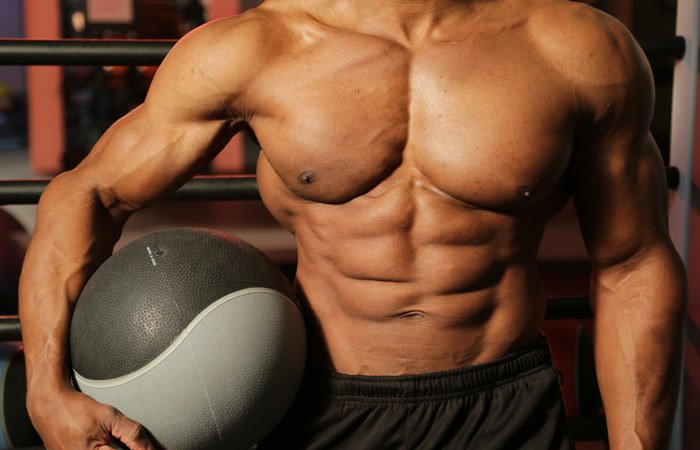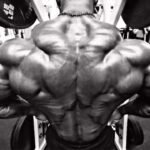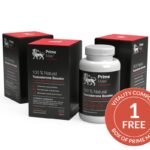MuscleToughness responds to five fitness questions that should be of interest to anyone interested in improving the effectiveness of his or her fitness program whether for sports or simply for greater physical ability.
Weight & Fat Loss
As the New Year starts I’m beginning a new exercise program to lose weight. I’ve been training on and off for the last six months. My body composition hasn’t changed much in the past few months. What can I do?
I would need to know more about your current as well as past training and nutritional habits to answer this question precisely, however, I can provide some general information that might help out.
When you say you cannot seem to lose body fat I would question your nutritional habits. How many times do you eat per day? How many calories do you consume in a day? How much protein do you consume? How long have you been following your current eating plan?
You probably have no idea how to answer the first three questions. One of the first steps is keeping an accurate record of these details with a log. Once you get an idea of what you are doing, then we can begin to modify the eating plan to ensure fat loss.
In general, the majority of your foods should be non-processed. Eat smaller meals 4 to 6 times per day and drink plenty of water. Do not become over-indulgent on fruits as most are high in sugar content. Be sure to consume some green stuff such as green beans, lettuce, broccoli, etc. Consume adequate amounts of protein. Recommended amounts will vary among individuals.
Do not fall for the millions of exercise gadgets that promise quick and easy results. When you hear the words “quick” and “easy,” your Quack Alarm should go off. Working out is not easy that’s why it is called “work.” On the other hand, don’t make the mistake of killing yourself when you begin a program. Increase the intensity level as you become accustomed to the correct movement patterns. When first learning a new movement perfecting the movement pattern is the immediate goal, not the amount of weight you can hoist.
The bottom line is that a combination of smart training and eating will lower body fat percentages. This is a gradual process. You did not get into your current condition overnight. You will not drop all the body fat you want overnight. Be patient and realistic as you inch closer to your ultimate goal.
Aging & Metabolic Rate
As you grow older, are there age-related factors that can slow metabolic rate?
In my opinion, the number one reason the metabolic rate slows down with age is a decrease in activity. This means less energy expenditure. It also means less muscle tissue in most cases. Thus as you lose muscle your resting metabolic rate declines significantly.
Calculate your resting metabolic rate in minutes with our easy to use the calculator. Also, be sure to check our main calculators page for dozens of helpful, easy to use calculators.
This is not advantageous because when at rest muscle tissue burns more calories than fat tissue. Testosterone levels and Growth Hormone levels have also been shown to decrease with age and these hormones play key roles in building tissue and burning adipose tissue.
Football & Quickness Training
I’m a high school football player who has high hopes of getting a college scholarship to play football. In talking to numerous coaches and scouts they all say I need to work on my quickness even though I have good strength, speed, and agility.
“Quickness” is the ability to rapidly react and move in relation to a given stimulus. Linear speed training such as 40-yard sprints will do little to enhance this quality. I think most coaches and athletes overlook quickness. In this article, I incorporate numerous drills to improve this quality. Here are a few drills I like to use:
Lateral movement reaction drill: Two partners face each other. One partner moves laterally while the other mimics this action. This should be performed for 6-8 seconds.
Sprawl roll and stand: The trainee reacts to a given stimulus such as a whistle or handclap. When the signal is given the trainees sprawls, rolls and stands up. Movement is done as quickly as possible. On the next roll, the athlete rolls to the other side. This movement is performed 2 times to each side.
Quick feet box tap: The trainee faces a box and begins to step up on the box with the left foot. Next, the left foot comes off the box while the right foot steps up. The feet alternate as they step up and down on the box as quickly as possible. The drill is performed for 6-8 seconds. You can use endless combinations. Just be sure each movement is performed as quickly as possible. You should not be fatigued when performing these movements. Your nervous system needs to be fresh to maximize your quickness. For more information on this subject, check out my article on Quickness Training.
Weightlifting For Physical Conditioning

I recently began to incorporate Olympic weightlifting into my training regimen. My hockey coach says I shouldn’t do these lifts because they are too dangerous. Could you possibly state why I should do the O lifts so I can present this to my coach?
I wouldn’t say the lifts themselves are dangerous. Performing the lifts incorrectly or before you have adequate physical preparation could present a problem, however. The Olympic lifts are more technically demanding than most others and require more time to learn. Do you need to spend as much time perfecting technique as a competitive Olympic lifter? No, you do not.
The purpose of doing Olympic lifts for athletes other than Weightlifters is to receive the wonderful side effects they produce, all of which help to enhance proprioception:
- Teaches athletes how to explode (maximum motor unit recruitment)
- Proper kinetic linking is enhanced
- Teaches the athlete how to varying degrees of tension in the body
- Ideal for dynamic and static core strength, balance enhancement, flexibility, dynamic balance, concentration, reactive strength
- Conditions the body to receive impact
In a recent conversation with a lifter of the Columbus Weightlifting Club, he made the following suggestions concerning the weightlifting technique.
Keep your arms straight all the way to the top of the pull. This is the technique point most often violated by beginners and the uncoached. It is your legs that put upward momentum on the bar, which transfers force through your back and arms. You use your arms to pull under the bar not to pull the bar higher.
You should have a flat tight back in your starting position and use your legs to start the bar off of the floor. This will keep your hips and shoulders together and put you in a good position to complete the lift successfully.
During the pull, the feet should stay flat on the ground as long as possible. The heels should not come off of the floor until the very top of the pull.
If an athlete can do the above, their technique shouldn’t be far off the mark. They will be able to move bigger weights with the same strength level. It would be advisable to find a coach if possible. Weightlifting can be beneficial, but you must be cautious and begin very slowly.
Explosive Strength In Conditioning
I am a fitness competitor and am having a problem with some of my movements for my routine. My coach says I need to improve my lower body’s explosive strength to be able to perform these movements. Currently, I do leg presses, leg curls, leg extensions, and standing calf raises. Do you have any suggestions?
Why all the machine work? Dish the machines and begin to add some free weight movements to your program. Start by adding some squats, kettlebell swings, reverse hyperextensions and jump squats. Don’t concern yourself with using a great deal of weight at first — just concentrate on learning the movement patterns.
Once you feel that your skill level is sufficient, begin to slowly add a little resistance. Initially, you need to concentrate on increasing your absolute strength. To do this use multiple sets with low rep ranges. Allow reasonable amounts of time for recovery between sets.
After 6 to 8 weeks your emphasis should change to power production. Keep in mind power equals speed strength. To produce maximum power weights are moved fast. When the weight used is too heavy, power declines as speed drastically decrease. Science has revealed that resistance between 50-66% of 1RM is usually the best for max power production.
Perform multiple sets with 2 to 3 reps per set. Remember the emphasis is the speed of movement. Once the speed begins to slow down, lower the weight or rest longer between sets. Olympic lifts and shock method training can also be introduced to the regimen after the proper steps have been taken.






Leave a Reply